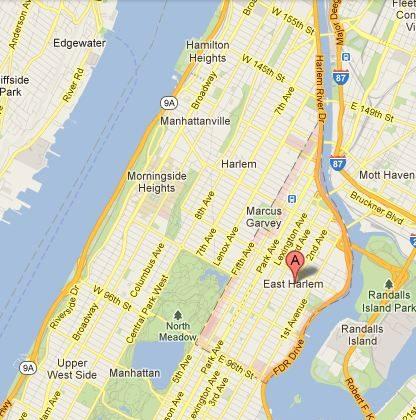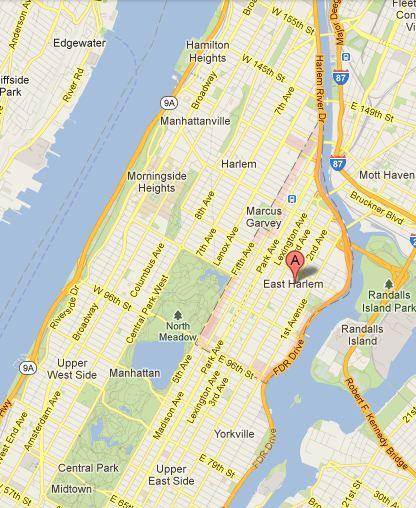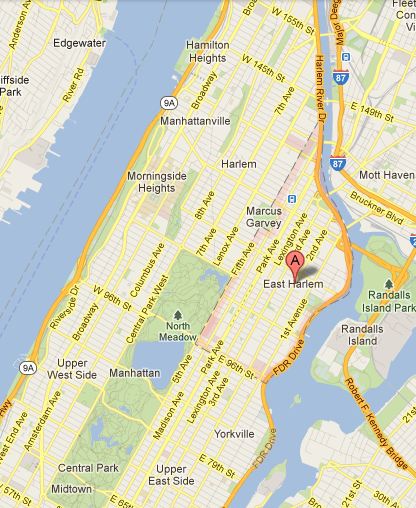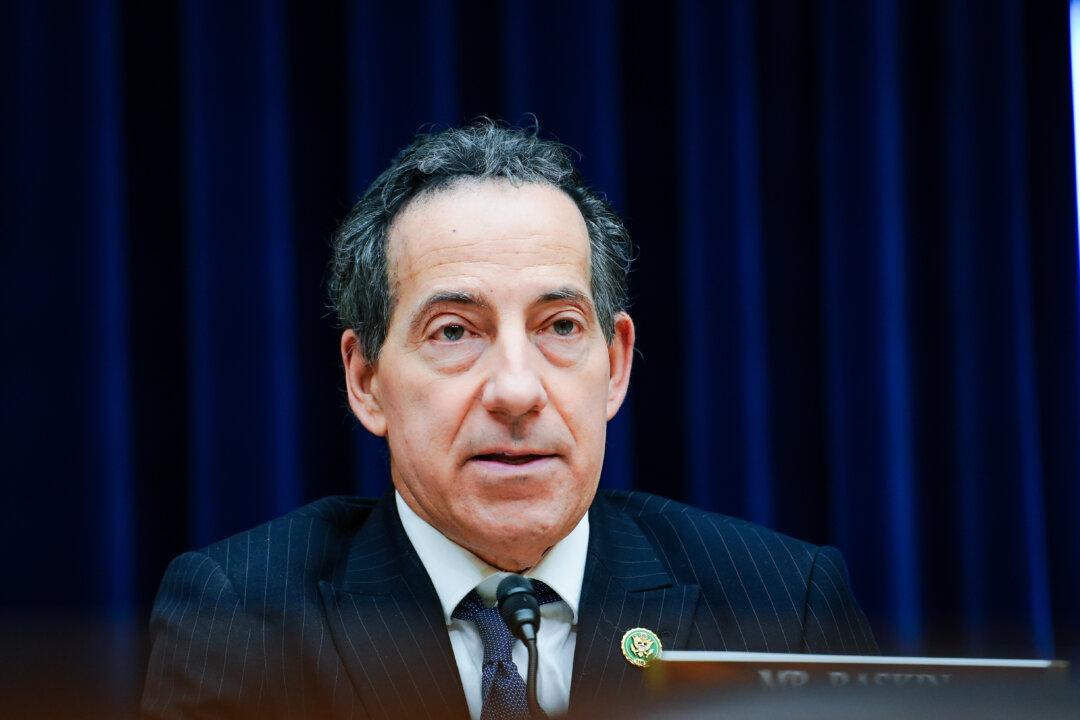NEW YORK—Increasing numbers of Chinese people are moving into East Harlem, a neighborhood just above the Upper East Side that is more than 100 blocks north of Chinatown.
The Asian population increased from 2,181 to 4,802 between 2000 and 2010 in East Harlem South, and from 1,246 to 1,766 in East Harlem North, according to U.S. census data analyzed by City University of New York’s Center for Urban Research.
The center did not separately measure the Chinese population for neighborhood growth, but according to The New York Times, many of the Asians in the area, reflecting the larger trends in the city, are Chinese.
While growth has picked up in East Harlem, an area above 96th Street and east of Fifth Avenue, about one-half of the 1.4 million Asians in the city live in Queens, which includes the prominent Chinese enclave of Flushing, according to census data.
Census data also shows that 70 percent of Asians in the Uptown Manhattan area are Chinese, according to the New York Daily News.
“The patterns for non-English-speaking Chinese are very systematic and follow a specific logic,” said Peter Kwong, professor of Asian-American studies at Hunter College, according to The New York Times. “Are there trains? Are there others up there who speak Chinese? And cost.”
Yet while more Chinese are living in the area, they typically travel south to Chinatown for groceries and other activities.
“I go to the Associated supermarket to get cereal or milk,” said Hally Chu, a member of Community Board 11 who bought a co-op apartment on East 118th Street, according to The Times. “But if I want to get bok choy or Chinese spices, I would do my shopping in Chinatown on my way home from work.”
The Epoch Times publishes in 35 countries and in 21 languages. Subscribe to our e-newsletter.
Please send news tips to [email protected]








Friends Read Free